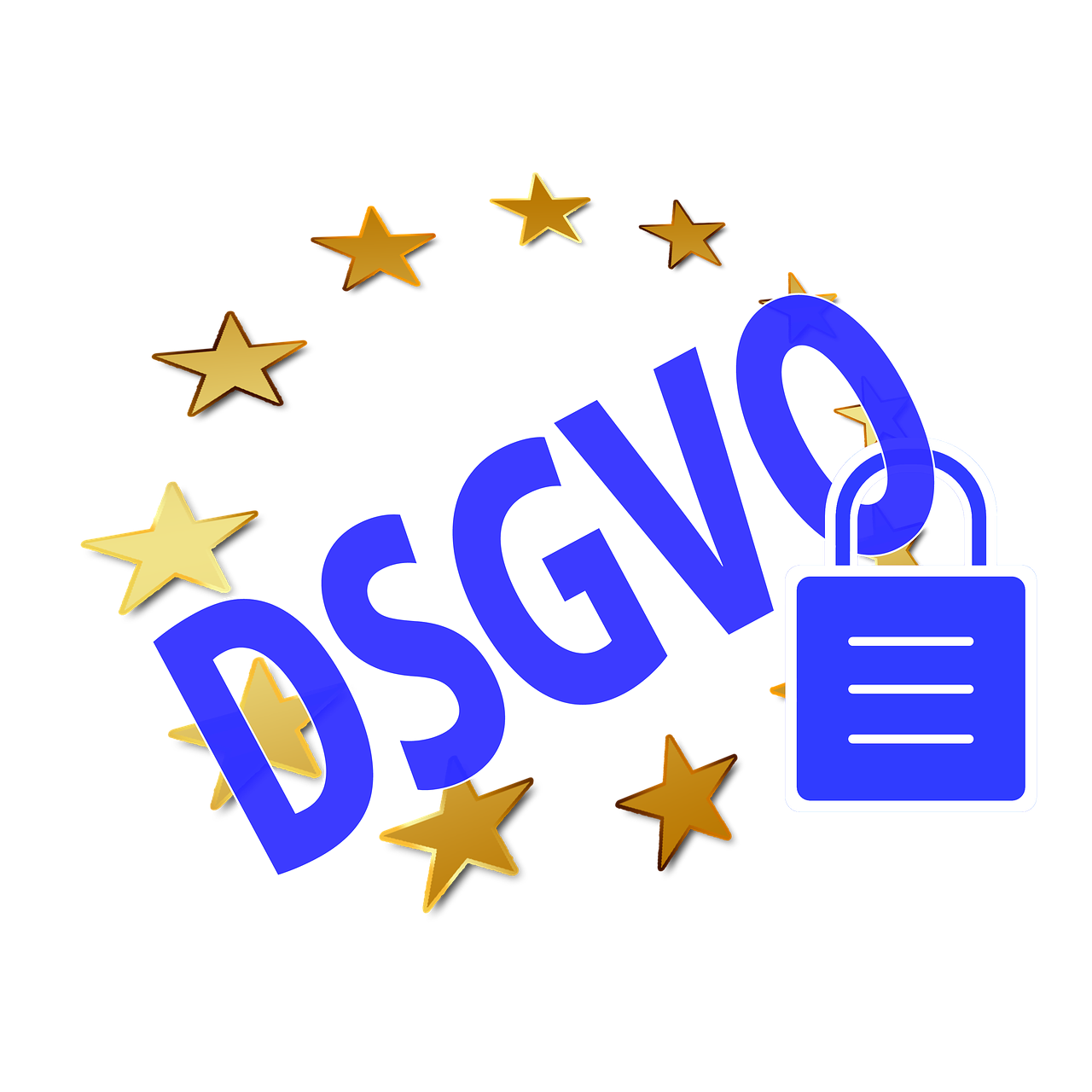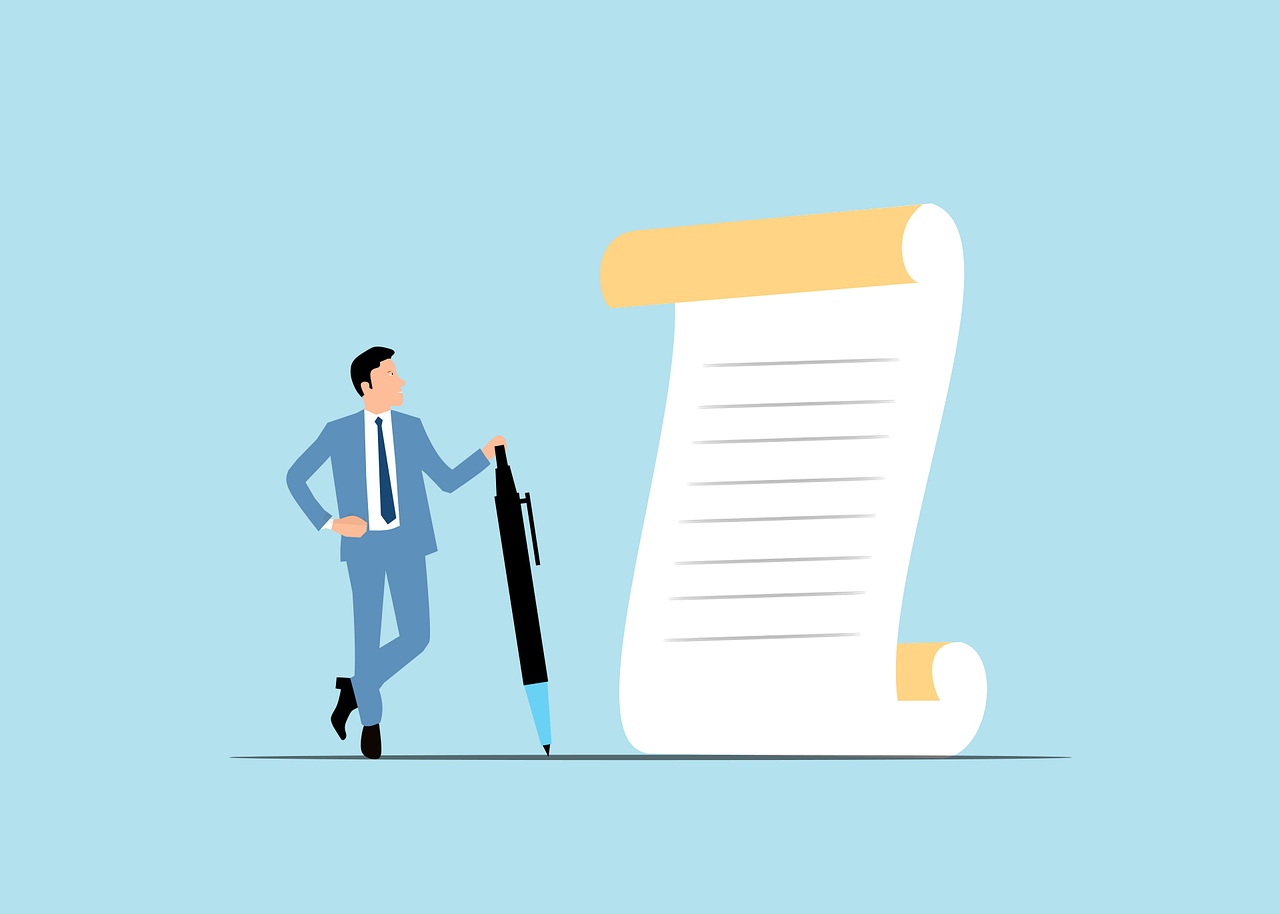In today’s dynamic business environment, unpaid invoices continue to challenge freelancers, small businesses, and even larger enterprises, affecting cash flow and operational stability. Understanding how to navigate the legal landscape when customers don’t pay their bills is crucial not only for recovering debts but also for sustaining long-term business health. Detailed contracts, timely communication, and well-structured legal responses form the backbone of an effective strategy against non-payment. Integrating modern tools like QuickBooks for invoicing, and leveraging services such as LegalZoom and UpCounsel for legal documentation and advice, can significantly reduce risk. Furthermore, knowledge about when to escalate issues—whether through mediation, small claims court, or more formal litigation—empowers business owners to act decisively while preserving professional relationships. As financial landscapes evolve, tapping into reputable resources such as Dun & Bradstreet for credit checks or Atradius Collections for professional recovery services becomes increasingly vital. This article explores step-by-step methodologies and practical legal options to help businesses protect themselves in the face of unpaid bills.
Understanding Your Legal Rights and Establishing Strong Contracts to Handle Payment Issues
Before initiating any legal response to unpaid bills, a business must have clearly defined agreements with clients or customers. Contracts are fundamental, serving as the primary legal document that delineates payment terms, scope of work, deadlines, and penalties in case of non-payment. Businesses often underestimate the significance of a meticulously crafted agreement, which can be the difference between smoothly recovering debts or getting entangled in costly litigation.
Contracts should explicitly state:
- Payment terms: Include due dates, acceptable payment methods, and penalties for late payments such as interest or flat fees.
- Scope and deliverables: Defining what services or products are included helps prevent disputes over what was agreed upon.
- Dispute resolution clauses: Specify arbitration, mediation, or jurisdiction in case of disagreements.
- Termination and collection procedures: Clarify steps if payment is delayed, including sending formal notices or engaging collection agencies.
For instance, Clio, a legal practice management software, streamlines contract review and helps businesses stay updated with compliance requirements. On the other hand, legal platforms like LawDepot make creating legally binding contracts accessible even for businesses without in-house legal teams.
Once the contract is in place, it serves not only as a legal safeguard but also as a reference point during payment disputes.
| Contract Element | Purpose | Benefit in Handling Non-Payment |
|---|---|---|
| Payment Terms | Defines when and how payment will be made | Provides a legal basis to demand payment and enforce deadlines |
| Scope of Work | Outlines services or products delivered | Prevents disputes over what was promised versus delivered |
| Dispute Resolution | Specifies method for resolving disagreements | Facilitates faster and less costly settlement options like mediation |
| Late Payment Penalties | Details fees or interest applied to overdue payments | Acts as a deterrent for late payments and compensates for delays |
Employing credit verification tools such as Dun & Bradstreet before entering agreements can assess a client’s financial reliability, reducing the incidence of unpaid bills. Businesses can also utilize invoicing solutions like Square Invoices or FreshBooks, integrating payment terms directly into bills for clarity.

Effective Communication: Formal Notices and Debt Collection as First Steps to Address Non-Payment
Engaging with clients about payment issues requires a tactful and systematic approach. Initially, informal, friendly reminders can often prompt resolution without escalating tensions. Many businesses find that missed payments arise from oversight rather than refusal, signaling the importance of professional follow-ups.
Here is a structured communication approach:
- Grace Period and Polite Reminders: Within 3-5 days after missed payment, send a courteous message referencing the invoice number, due date, and amount due.
- Formal Demand Letter: If reminders are ignored, a firm yet polite demand letter should be sent. This letter must include the overdue balance, cite contract terms, outline a new payment deadline, and mention potential next steps, including legal action or debt collection. Certified mail is recommended for tracking.
- Tracking All Correspondence: Document all communications meticulously, noting dates, responses, and promises made, enabling a clear record in case of escalation.
When informal communications fail, businesses may engage debt collection agencies like Atradius Collections. These agencies specialize in recovering debts and have experience dealing with resistant clients. However, fees ranging from 20% to 50% of the recovered amount should be factored in when considering this route.
Using services like QuickBooks or FreshBooks can automate reminders and streamline invoice follow-ups, reducing manual effort and enhancing consistency.
| Step | Description | Tools/Resources |
|---|---|---|
| Polite Reminder | Send as a friendly note to prompt payment | QuickBooks, FreshBooks automated emails |
| Demand Letter | Formal written request citing contract terms | LegalZoom templates, Certified mail services |
| Debt Collection | Referral to professional agencies for recovery | Atradius Collections, National Collection Lawyers |
For those unfamiliar with demand letters, platforms like LegalZoom and LawDepot provide customizable letter templates that comply with legal standards, easing this essential step.
Legal Procedures: Small Claims Court, Mediation, Arbitration, and Litigation Explained
If communication and collection efforts do not yield results, legal remedies become the next frontier. The approach varies depending on the amount owed, complexity, and jurisdiction.
Small Claims Court: A Cost-Effective Option for Recovering Smaller Debts
Small claims courts provide a simplified and inexpensive venue for resolving disputes under a statutory monetary threshold (e.g., $7,500 in California or $20,000 in Texas). Cases typically do not require legal representation, empowering business owners to advocate for themselves. The process involves filing a claim, notifying the debtor, and presenting evidence such as contracts, emails, and invoices before a judge.
Mediation and Arbitration: Alternative Dispute Resolution Methods
Mediation employs a neutral facilitator to help both parties reach a voluntary and mutually agreeable solution, usually less costly and faster than court proceedings. Arbitration, conversely, involves a neutral arbitrator who delivers a binding decision after hearing both sides. Most contracts now include dispute resolution clauses that require parties to engage in these processes before litigating, saving time and expenses.
Litigation: When Legal Action Becomes Necessary
For higher-value disputes or complex cases, formal litigation in civil court may be unavoidable. This process may include hiring attorneys, engaging in discovery, and potentially trial. While litigation can recover significant debts, the costs and time involved can be substantial. Consulting with experienced attorneys via platforms like UpCounsel ensures informed decisions and proper case management.
| Legal Remedy | Best For | Pros | Cons |
|---|---|---|---|
| Small Claims Court | Smaller debts | Low cost; no lawyer needed; quick resolution | Limited claim amount; no attorney representation |
| Mediation | Disputed debts; maintain relationships | Cost-effective; faster; collaborative | Non-binding; requires cooperation |
| Arbitration | Binding decisions outside court | Faster than court; expert decision | Costs may be high; limited appeals |
| Litigation | Large, complex debts | Legally binding judgment; enforcement options | Expensive; time-consuming; adversarial |
In 2025, with more courts offering virtual hearings, businesses can manage disputes more flexibly. Additionally, services like Rocket Lawyer provide legal document review and attorney connections to streamline case preparation.
Implementing Preventative Measures to Minimize Future Non-Payment Risks
Prevention ultimately saves time, stress, and money. The most reliable method to handle payment issues is to reduce their likelihood from the start by implementing robust policies and practices.
- Clear, thorough contracts: Use platforms like LegalZoom or LawDepot to draft agreements with explicit payment and dispute resolution language.
- Upfront deposits: Require 30-50% deposits before starting work to secure commitment and initial costs.
- Timely, automated invoicing: Employ software like FreshBooks and QuickBooks to send invoices immediately upon deliverable completion, with scheduled reminders to reduce overdue payments.
- Credit checks and client screening: Use Dun & Bradstreet reports to evaluate client creditworthiness and review feedback on platforms such as Better Business Bureau.
- Payment flexibility: Offer multiple payment options including ACH, credit cards, and online payment portals like Square Invoices to facilitate prompt payment.
Rachel, an IT consultant, overcame frequent payment delays by adopting upfront deposits and automatic receipt reminders via FreshBooks. This reduced late payments drastically and improved cash flow management.

Comparateur d’outils pour gérer les problèmes légaux liés aux impayés
| Option ▲▼ | Meilleur usage ▲▼ | Outils populaires |
|---|


